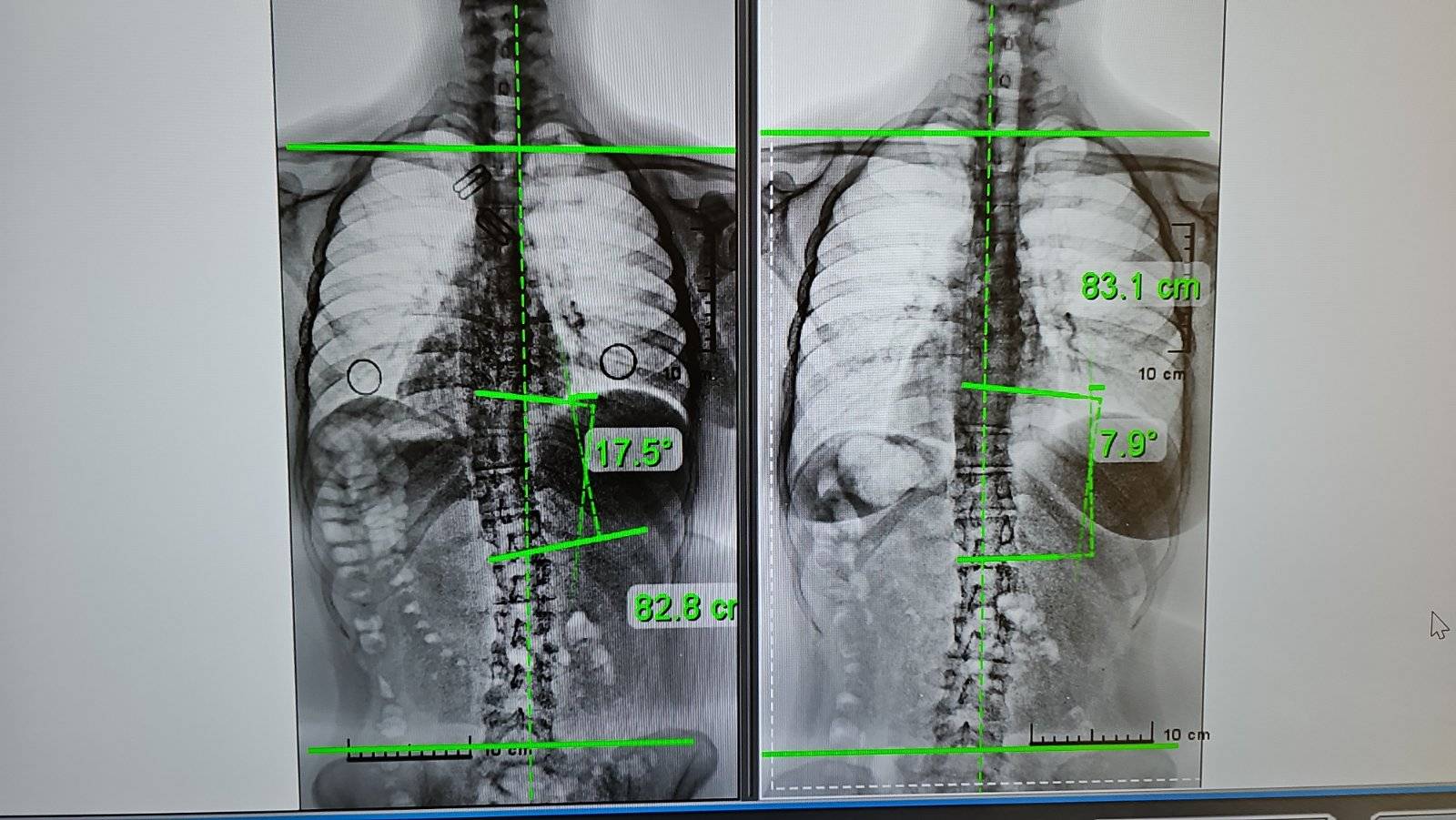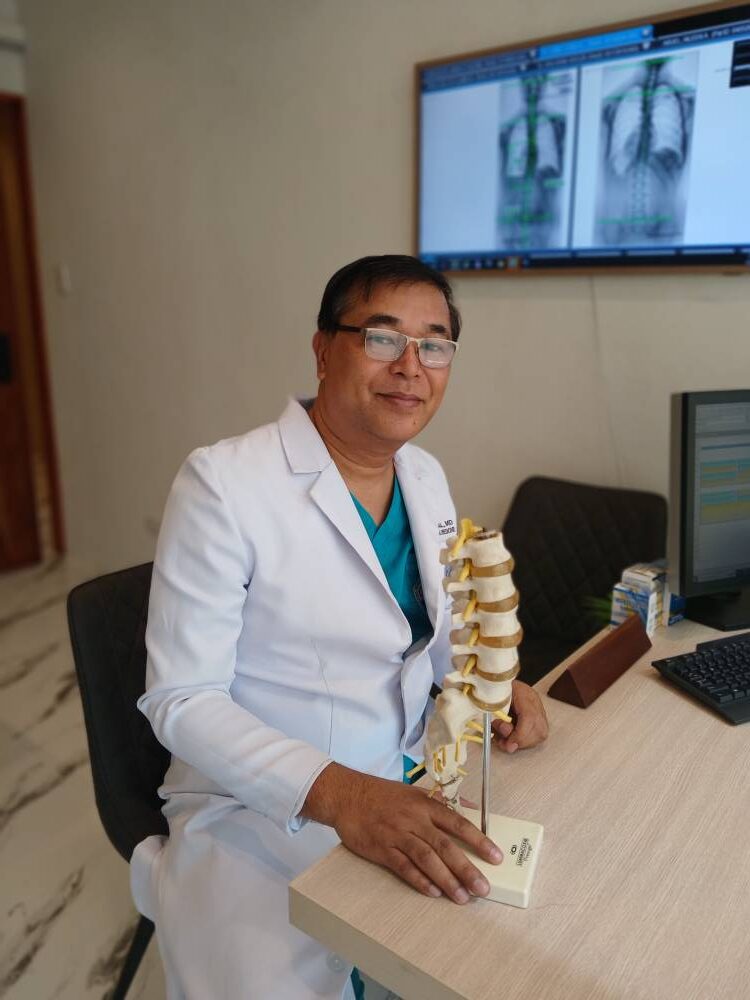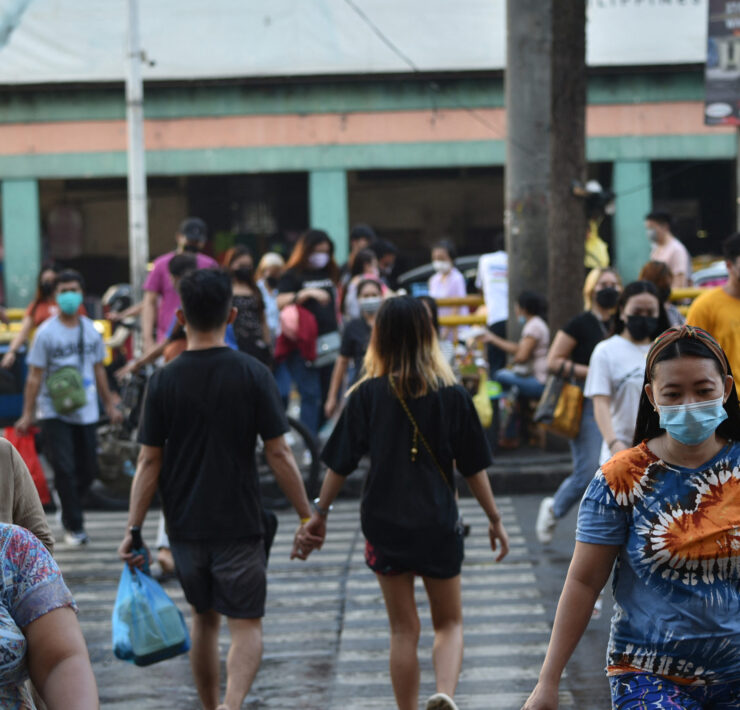To treat scoliosis, wear an insole

For Jen (not her real name), it started in June last year with pain in her lower back that extended all the way down to her left ankle. The pain was so unbearable, it kept her bedridden and on medications for a month.
It was a huge blow for the active 27-year-old nurse. “My pain was like a 20 out of 10,” she says. “I couldn’t shower while standing. Walking 50 steps was very hard for me. I wouldn’t wish that kind of pain on anyone.”
An magnetic resonance imaging test revealed she had scoliosis, the abnormal sideways curve of the spine. Measured according to degrees, scoliosis, according to webmd.com, is deemed mild to moderate if the curvature is between 25 to 50 degrees, and severe for angles of more than 50 degrees. Though Jen’s scoliosis was at 17.5 degrees, the pain was debilitating enough to impact even the simplest movements.
Her doctor recommended surgery, “but since I’m an operating room nurse, I refused. I was too young,” she says. When a physical therapist suggested she explore noninvasive approaches first, she went to musculoskeletal specialist Dr. Isagani Leal.
Jen, who underwent a nonsurgical treatment with Leal in July, was not only pain-free in a matter of weeks; she was able to hike in Sagada with coworkers in October. “I did 16,000 steps there!” she exclaims triumphantly.
As for her scoliosis? Her curvature is now at 7.9 degrees.
Time and patience
For Dr. Leal, musculoskeletal surgery is a last recourse for many reasons: It’s costly, the downtime is long and it could lead to complications. By comparison, the methods he offers don’t require incisions, pose little to no risk and are affordable. “You only need time and patience,” he says.

When Inquirer Lifestyle first met him at his original Center for Musculoskeletal Science-Asia (CMS-Asia) on West Avenue, Quezon City, in 2016, he practiced techniques he learned at Tel Aviv University in Israel, where he studied musculoskeletal rehabilitation medicine as a scholar of the Department of Health. Professional athletes were treated with Platelet-Rich Plasma Therapy, which uses a patient’s own blood to promote cell regeneration and tissue growth of sports-related injuries.
To relieve patients of pain from bone spurs, those bumps of extra bones that grow off bones near the joints, he used an ultrasound-guided machine and a fine needlelike instrument to pulverize and suction out crushed bone. Pain from osteoarthritis, or the degeneration of cartilage in the joints, is eased with an injection of hyaluronic acid, a cushion or lubricant for joints. A fluoroscopic or live X-ray allows Leal to determine precisely where to administer the shot.
The root of the problem
To address scoliosis, Leal goes to the root of the problem—our legs. When you’re born with legs of equal length, you’re likely to have a straight spine and symmetrical shoulders and hips. If one leg is longer by even just a centimeter, it throws your whole symmetry off, leading to back, shoulder, and hip pain, slipped disc and knee injuries. Even seemingly unrelated conditions like vertigo, tinnitus, temporomandibular joint dysfunction or TMJ, and acid reflux are effects of musculoskeletal imbalance, Leal says.
A full-body skeletal scan reveals not just the curvature of the spine but any asymmetry in the shoulders, hips and legs. Under Leal’s care, patients with scoliosis begin with about 30 to 45 minutes of therapy to loosen up the muscles, then they’re injected with a muscle relaxant before they’re made to wear a brace on their torso called a Vertetrac. This apparatus is adjusted to gradually straighten the spine.
A session with the Vertetrac takes about 60 to 90 minutes. Patients are advised to come six days in the first week, then on alternate days the following week, followed by two weeks of rest then a consult.

Fixing leg-length discrepancy is noninvasive, too. Leal recommends simple insoles—inexpensive inserts placed in the shoe of the shorter foot—to achieve symmetry and balance.
Amazingly, improvements can be had in as little as nine days, as Jen can attest.
“On Day 1, I could raise my leg only up to 30 degrees,” she recalls. By Day 3, she was walking again and after nine days of therapy and two weeks under observation, she was able to log in 5,000 steps.
Jen was also compliant about wearing an insole, even at home. When she started, her right leg was longer by 0.75 cm; now it’s down to 0.5cm.
Giving back
While the Vertetrac and other nonsurgical procedures are available at CMS-Asia’s new and bigger location also on West Avenue, Leal would like to take his diagnostics on the road, specifically to public elementary schools in poor communities.
Scoliosis, he says, usually develops during a child’s growth spurt between the ages of 10 and 14. The plan is to bring a portable skeletal scan to schools via mobile van to check kids for spine problems before they worsen. “We can teach them some exercises and advise them about wearing insoles,” he says. “Then we come back after six months to assess.”
For the doctor, who rose from humble beginnings in his native Magpet, North Cotabato, the initiative is his way of giving back. “We’re the only ones who offer this method,” he says. “For me, this is a gift from Israel and from God that we should use for good.”
The Center for Musculoskeletal Science-Asia is at 9/F Mpire Center, 93 West Avenue, Project 7, Quezon City, tel. 0917-9404762.





















